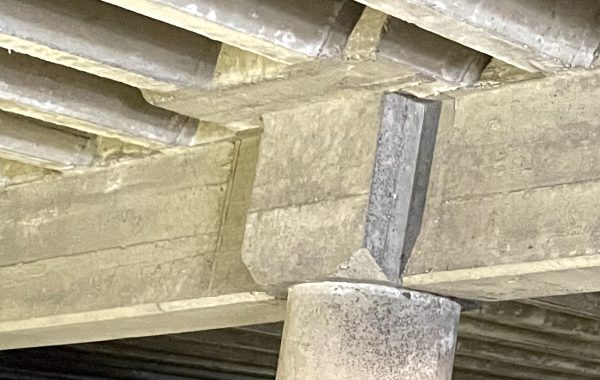The first thought isn’t mine. It’s Isaac Asimov’s: The Relativity of Wrong.
The second thought, like the first, concerns significant figures and approximation. Before desktop computers and handheld computers became ubiquitous, I got in the habit of approximating numbers to make using a calculator faster. (If I were of a previous generation, I would probably have been approximating to make using a slide-rule faster.) One such approximation is to simplify pi to 22/7. Pi is, of course, an irrational number that can’t be stated as a simple fraction (or, for that matter, any kind of fraction) but it can be approximated as such. My approximation, 22/7, is 3.14285714285714… while pi is 3.14159265358979… so they are obviously not the same. The difference between them, however, is 0.04 percent, which in structural engineering terms is effectively zero. To put it another way, the two numbers are the same for four significant figures, which is a degree of accuracy that is simply not supported in our calculations.
Our calculations start with applied loads. How accurate are the loads? Most live loads have one significant figure in them – office loading, for example, is taken as 50 psf – while dead loads are usually calculated to two significant figures. The thing about sig figs is that they can’t get better as you work. The lowest number of significant figures, which is to say the least accurate number you start with, determines the number of sig figs for the result. If you start with two figures of accuracy, your result is no more than two figures of accuracy. That’s why structural engineers often treat a three percent discrepancy in our results as dead on: it’s not that we’re lazy, but rather that we’re constrained by the accuracy of the inputs for our calculations.
Historically, failures have not been caused by inaccuracies in design calculations. The different between one and two significant figures can only cause a difference in result of ten percent, and ten percent isn’t what causes collapses. Failures are caused by mistakes in analysis logic (where we miss some of the load, or fail to account for connection eccentricity, or don’t understand a load path, etc.) or by mistakes in construction (where the built result doesn’t resemble the analytical model). Those kind of errors lead to differences in results of 100 percent or more, and thetis what causes collapses.


